
20. Beyond the Human Spectrum

Every single day, humans are learning new things. The ability to learn is one of the primary pillars of human intelligence. However, are humans the only species that have the capabilities to learn at advanced levels?
At one aquarium, they were determined to find out and set out to see if killer whales could learn just like humans. You won’t believe the outcome.
19. Wikie the Killer Whale
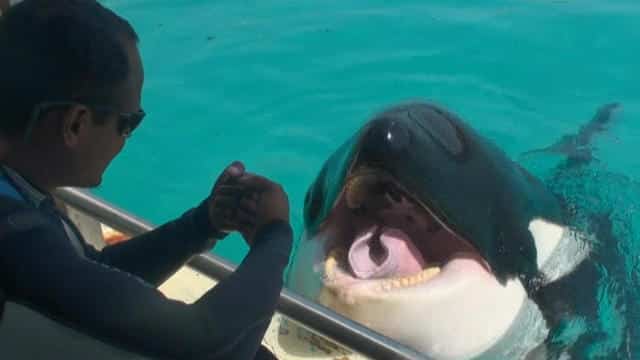
Living at the Marine Land Aquarium in Antibes, France is a 14-year-old killer whale named Wikie. Known for being one of the most visited zoological parks in the world, Marine Land also has one of the largest killer whale lagoons. And soon, would be the only aquarium for testing advanced learning on one of their orcas.
18. Mimicking Human Behaviors
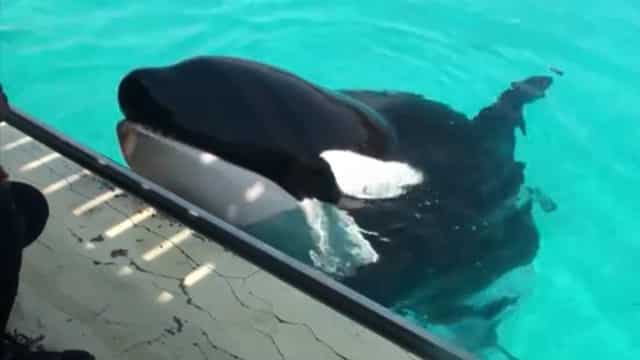
Wikie was familiar with being tested for a variety of behaviors. She’d even participated in imitation studies where she could copy commands with her fins before. However, this new groundbreaking study would require much more than simply mimicking.
17. The Objective
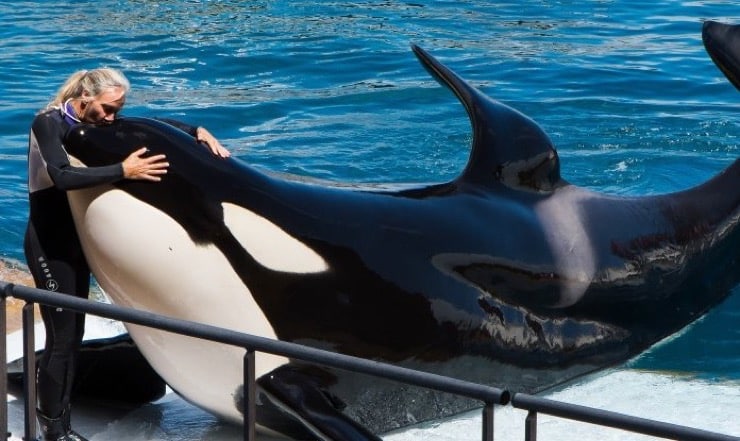
A group of researchers at the park wanted to teach the killer whale how to mimic human words. For example, “Hello,” “Bye Bye,” and “One, Two, Three.” The team would be spearheaded by Jose Z. Abramson and Wikie would need to pay special attention to the words and vibrations being spoken and then repeat them.
The big question was…could she possibly succeed?
16. Planning the Experiment
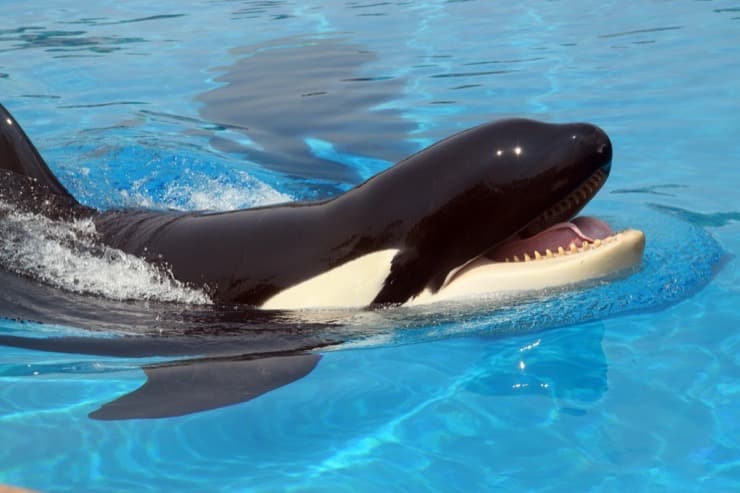
During one of her training sessions, Wikie paid attention to her trainer closely as they continued to repeat, “Hello.” After listening carefully, Wikie was able to loudly vocalize the word back. This would be the first time an orca demonstrated the ability to mimic human words.
15. Matching Begins

Despite the killer whale’s success, the vocal match was not 100%. However, Abramson believed the whale’s vocalization was close enough. The next trial would involve six different words or phrases. The results were mixed, but Wikie was able to vocalize some very high-quality matches. This is an amazing feat, especially since the anatomy of a whale’s vocal chords are much different than a humans.
14. “Hello, It’s Me.”
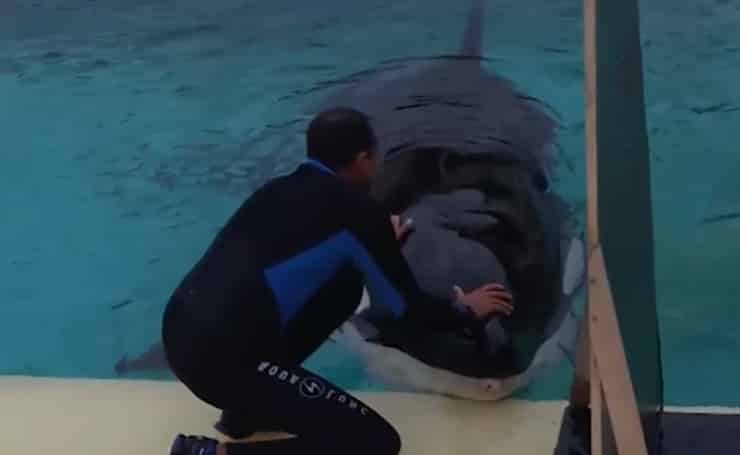
Wikie would continue to make attempts at vocalize the word “hello.” The result was a very throaty sound, almost as if a cartoon character were saying “hello,”
13. Working Hard for the Syllables

Wikie continued to improve her mimicking skills, and began to say “Amy” the name of her trainer. The only trouble she had was with “One, Two, Three” due to the syllable in three which involves pushing the tongue between the lips. Something that a whale cannot do.
12. Mimic Without Understanding

It’s important to make clear that just because Wikie can mimic human words, it does not mean she understands what she is saying. There is no context or meaning provided to the words during the study. However, the team was still impressed with her results regardless.
11. Killer Whale’s Intelligence
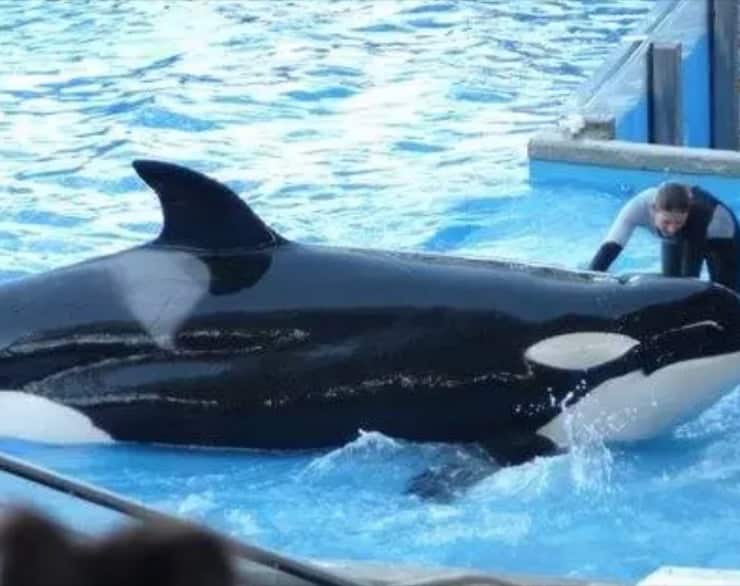
According to Abramson, the experiment only proved how intelligent killer whales actually are. “When we tried ‘hello’ and she did the sound… some emotional responses came from the trainers. For us it was very difficult not to say anything.”
10. Amazing Imitation Skills

According to researchers, imitation skills are a sign of intelligence in animals because it shows they can learn lessons from their peers. While trial and error learning is also possible, Abramson has stated it can be quite expensive.
9. The Ability for Social Learning

“If you find that other species have also the capacity for social learning, and of complex social learning that could be imitation or teaching, you expect a lot of flexibility in that species.” Abramson stated. According to the research team, this can allow species to adapt to changes in their environment, which improves survival skills.
Pretty cool, right?
8. A Revolution in Vocalization
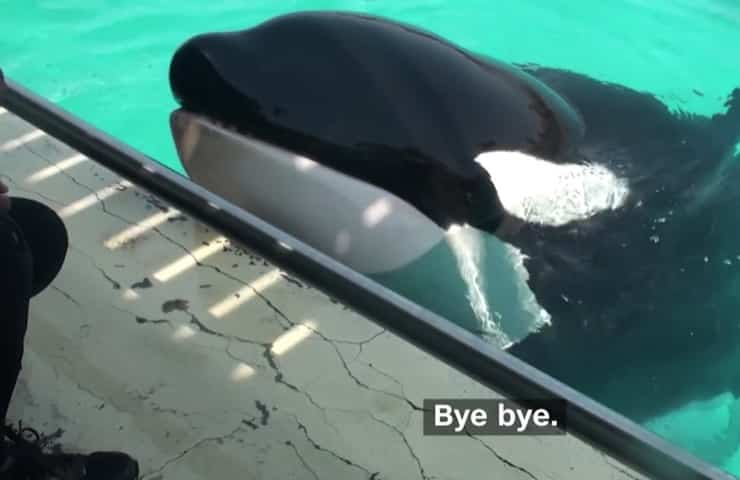
In previous research, it was discovered that killer whales have been known to mimic dolphin sounds as well. However, Abramson’s experiment has taken killer whale vocalization research to a whole new level. “The capacity for vocal imitation shown in this study may scaffold the natural vocal traditions of killer whales in the wild.”
However, despite their success, the research has created a backlash from animal activists who believe whales shouldn’t be kept in captivity.
7. The Captivity Debate
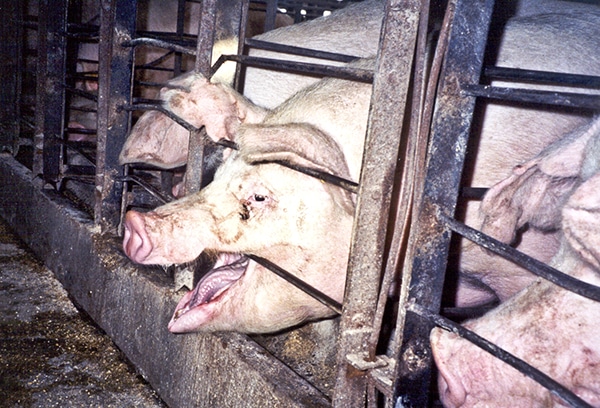
The debate regarding intelligent animals in captivity has raged on for years. According to Claire Bass, the UK director of the Humane Society International, Wikie’s study is captivating, but also tragic. “She is certainly further proof that these are highly intelligent mammals whose captivity in marine parks in the 21st century should come to an end.”
6. PETA’s Stance

PETA has been a huge advocate for killer whales and their position is firmly cemented that orcas belong out in the wild. The research has found whales do better in their own families, which have been proven to have their own culture and dialect.
5. Death Due to Flooding
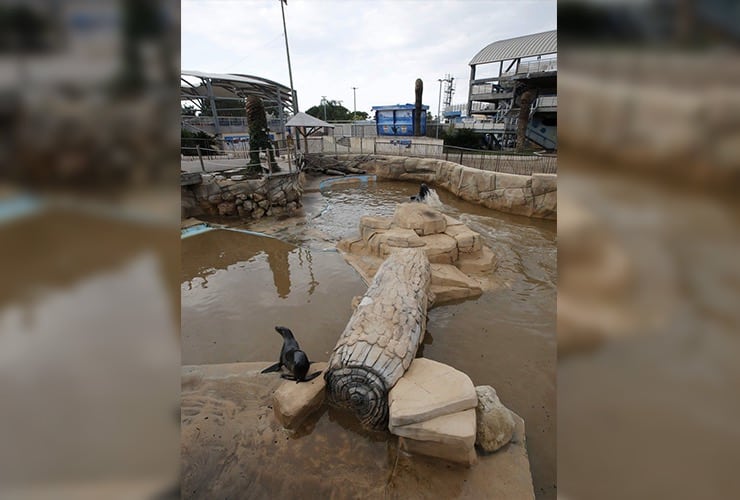
Unfortunately for Marine Land, Wikie’s success was overshadowed by extreme flooding that led to the death of one of its killer whales in 2015. Environmental campaigners immediately took legal action against the park, where whales, sharks and sea lions died from the flooding that contaminated their respective tanks.
4. Death By Storm
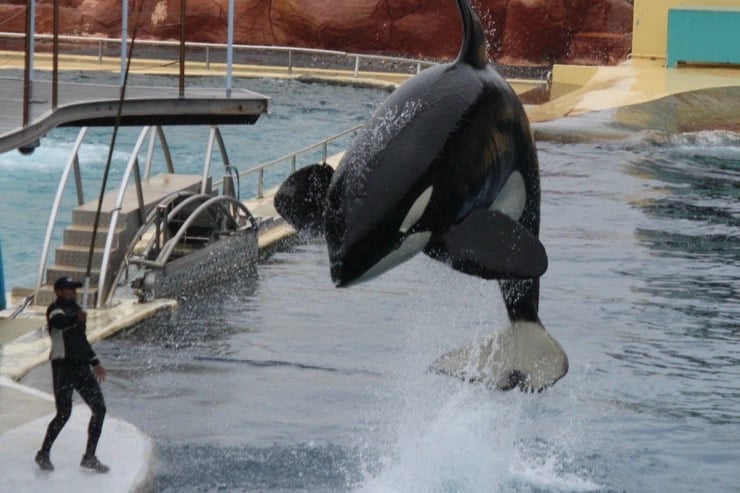
The intensity of the storm that struck the park took out its electricity, which meant their was no way to filter the water in the tanks. Valetin, a 19-year-old orca died from internal injuries. According to activists, this tragedy was one of the main reasons that whales should be in the wild.
3. Legal Complaints Against Marineland
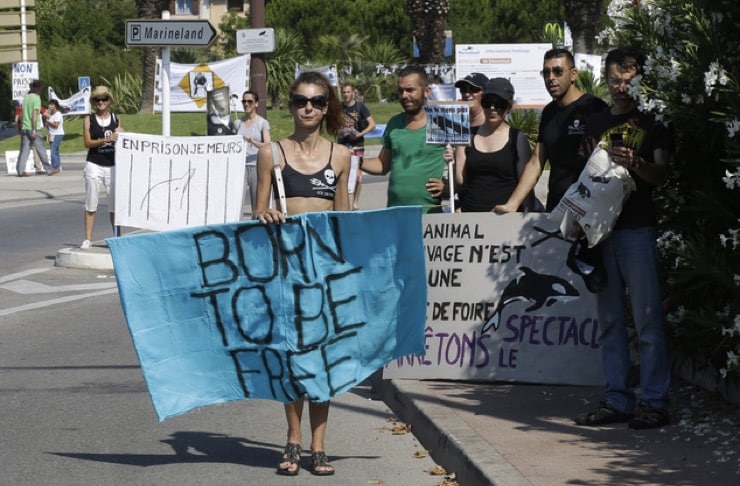
While the park did reopen, it faced major backlash from the community with claims the animals were mistreated and the park itself polluted the local environment. This culminated in a 300 person protest outside of the park.
2. Protesters Take a Stand

According to the protesters, the park should have been prepared for all circumstances, including flooding and electricity. There were questions raised why their were no backup generators for the lagoon pumps and that the marine life should never have been put in danger to begin with.
1. Public Awareness

Another park that has come under fire recently is SeaWorld, which has been criticized over its treatment of killer whales for years. In 2016, the company finally announced it would end its orca breeding program, which means the 24 whales in their parks would be the last in captivity. We can only hope that other parks follow in their footsteps so these smart and majestic creatures can be left in the wild where they belong.








